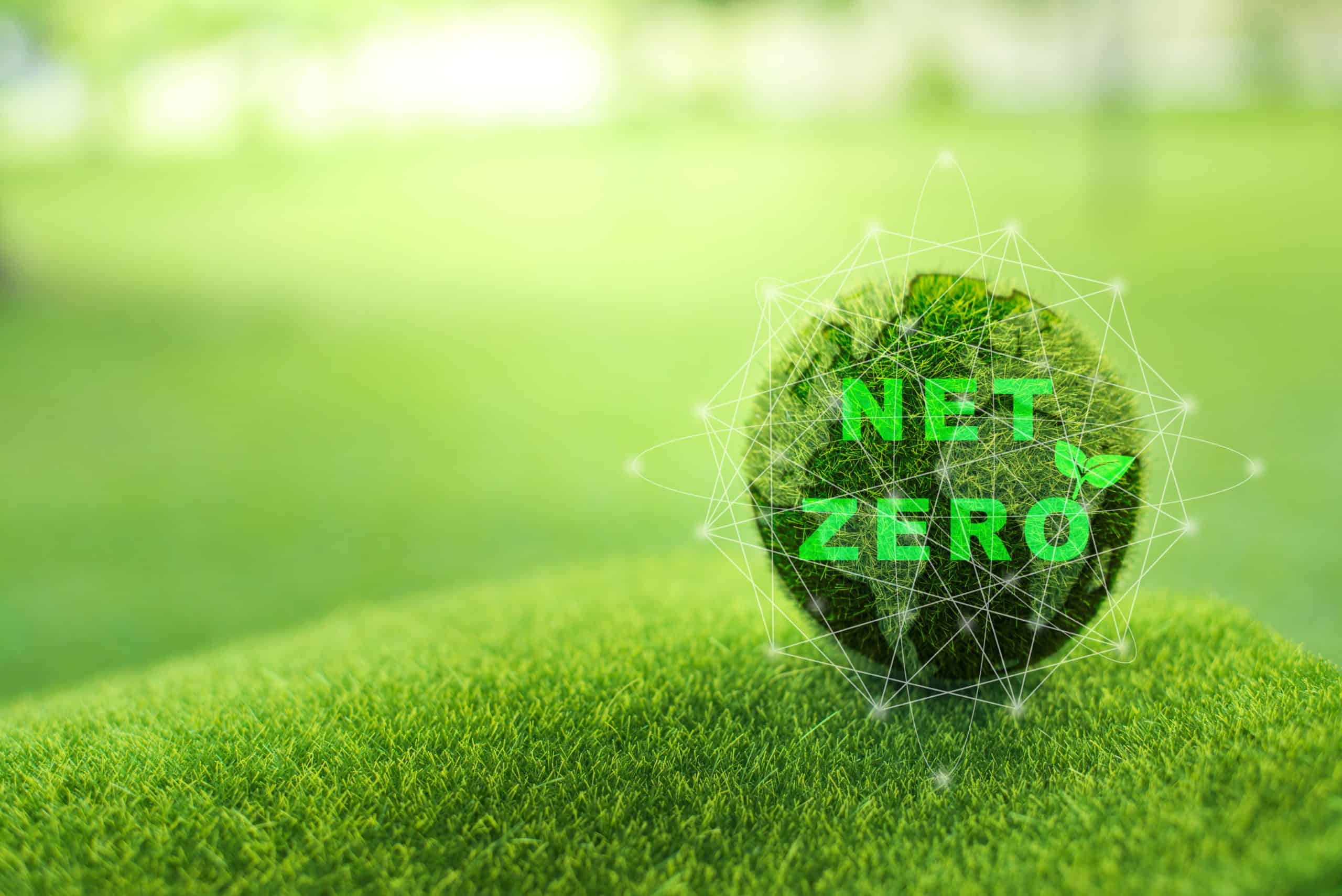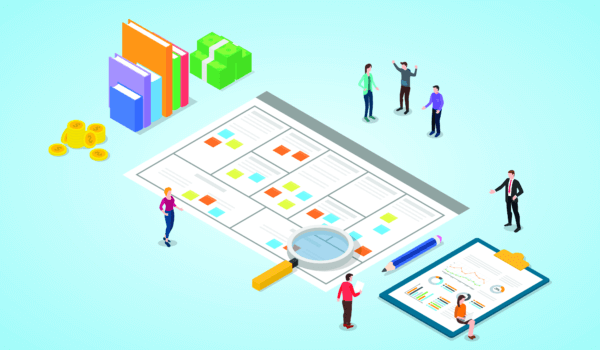Net zero emission is one of the most talked about topics these days. Governments and other organizations trying to solve the climate crisis by taking initiative on net zero emissions. Artificial Intelligence (AI) has huge potential to showcase the way to net zero emissions by using big data, QiO, Predictive maintenance, Digital Twin, and Industry 4.0.
The rising energy and fuel prices, growing raw material prices, and increasing climate crisis are the challenges and pain points that every nation of this world is facing now. Stakeholders are putting pressure on organizations to cut carbon emissions and achieve sustainability goals simultaneously. However, not all pollutants can be reduced or replaced, which may require extensive organizational change that requires time and money. Because of this, many organizations follow this path, but they see new projects as the way to boost sustainability. The solutions powered by AI are available and can simply scale up to unleash efficiency optimization throughout your organization.
Advantages of AI in Net Zero Emissions
Some of the benefits AI may provide include:
- AI helps in organizational, operational enhancement, and efficiency by regulating CPU P and C states to match workload efficiency.
- It allows businesses to make better decisions by asset breakdown prediction.
- Energy savings of 10–40 percent can be obtained by running in a closed or open loop, and expensive downtime can be avoided.
- Energy reduction through improved cooling and water management,
- Lastly, the AI solution quickens the digital transition, balances energy costs with output, maximizes the use of renewable energy, lowers carbon emissions, and offers reporting on sustainability measures that monitor net-zero progress in real-time.
Let’s look at some of the AI tools that help in net zero emissions.
Big Data Set Analysis
The most recent developments in AI enable the analysis of big datasets from assets in any industry (whether it be wind turbines, photovoltaics, jet engines, ships, oil & gas pumps, cooling, or IT servers). Without deploying large teams of data scientists AI is able to produce real-time insights using pattern recognition. These data-driven business decisions optimize operations for energy efficiency, carbon reduction, and tracking progress toward sustainability targets.
Many data center providers have already developed plans for environmental measures. However, carbon offsetting is frequently the outcome of a commitment to a significant reduction in carbon and a desire to show speedy achievements.
Digital Twin
Vehicles, manufacturing processes, building systems, and many other things may all be represented virtually by digital twins. By employing AI surrogate models to better monitor and allocate energy resources and produce projections that enable better planning, a digital twin can assist the sector in maximizing energy management. Nanyang Technological University deployed digital twins over five years in 200 campus buildings and saved 31% in energy and 9,600 tCO2e.
QiO
To achieve sustainability driven by AI, QiO collaborates with resource- and energy-intensive industries. One of the ways to increase sustainability is to figure out effectively and use what you already have more. Data is key to maximizing efficiency while minimizing costs, and AI provides the necessary insights to net zero emission. We think data contains the secret to using resources more effectively and AI provides the insights required to reach net-zero.
Predictive Maintenance
Predictive maintenance of industrial devices is becoming more frequent since it saves organizations money on planned maintenance or on replacing faulty equipment. A machine learning system can correctly forecast when maintenance is necessary based on real-time sensor readings in a plant once it has been taught using past data. The current-use machinery’s wear and tear are correctly modeled by predictive maintenance. An ideal maintenance workflow for industrial processes may be developed by combining predictive maintenance with AI-based techniques like maintenance time prediction and job scheduling. Additionally, to reduce the direct emission of GHGs like HFCs and natural gas, systems can use predictive maintenance on pipes that are prone to spring leaks. It has an immense potential to reduce carbon emissions.
Industry 4.0
Future efforts to lower global GHG emissions may use other strategies. Industry 4.0 will hugely influence production since processes may be automatically optimized to achieve higher profit margins. However, applying AI and smart manufacturing may also be advantageous for the environment. The same technologies used to maximize earnings may be applied to advance a company’s sustainability and provide insights into its carbon impact. Some of these techniques are accessible right now to assist businesses in lowering their GHG emissions.
AI holds great promise for the environment and for achieving net-zero global warming. Research has been ongoing on how machine learning can contribute to the answer to climate change. The development of an electrical control room algorithm is underway to provide decision assistance and ensure energy security for the decarbonized system. Also, the effects of global warming and decarbonization techniques on our lives may be planned for using Industry 4.0. Therefore, we should focus more on AI and its solutions to reduce carbon emissions.
Photo: Juicy FOTO/Shutterstock
You might also like:
Support us!
All your donations will be used to pay the magazine’s journalists and to support the ongoing costs of maintaining the site.
Share this post
Interested in co-operating with us?
We are open to co-operation from writers and businesses alike. You can reach us on our email at [email protected]/[email protected] and we will get back to you as quick as we can.









